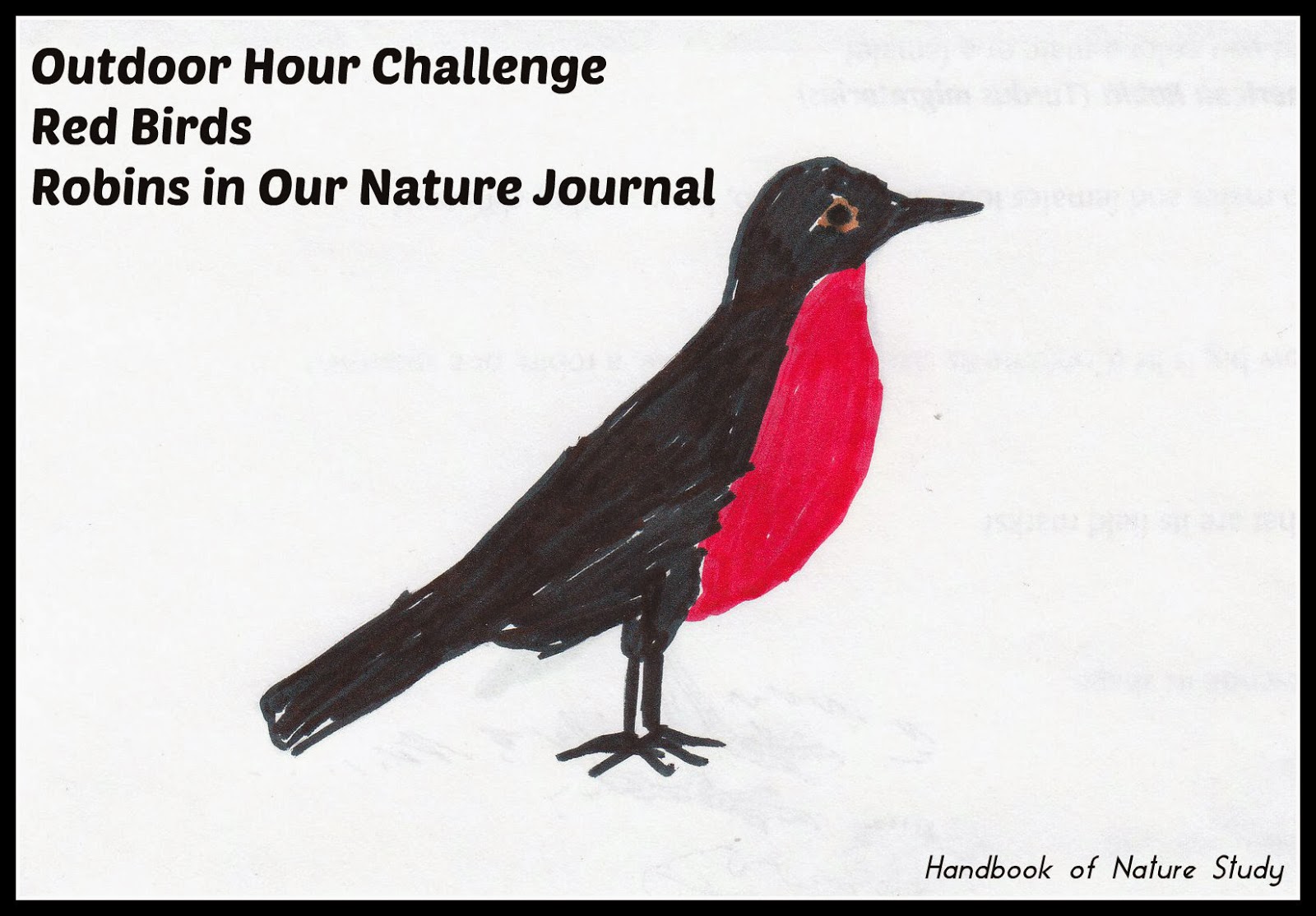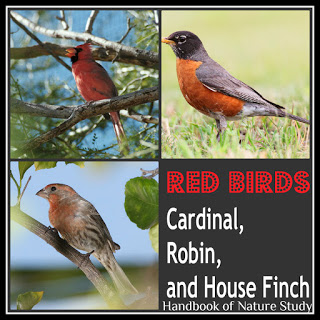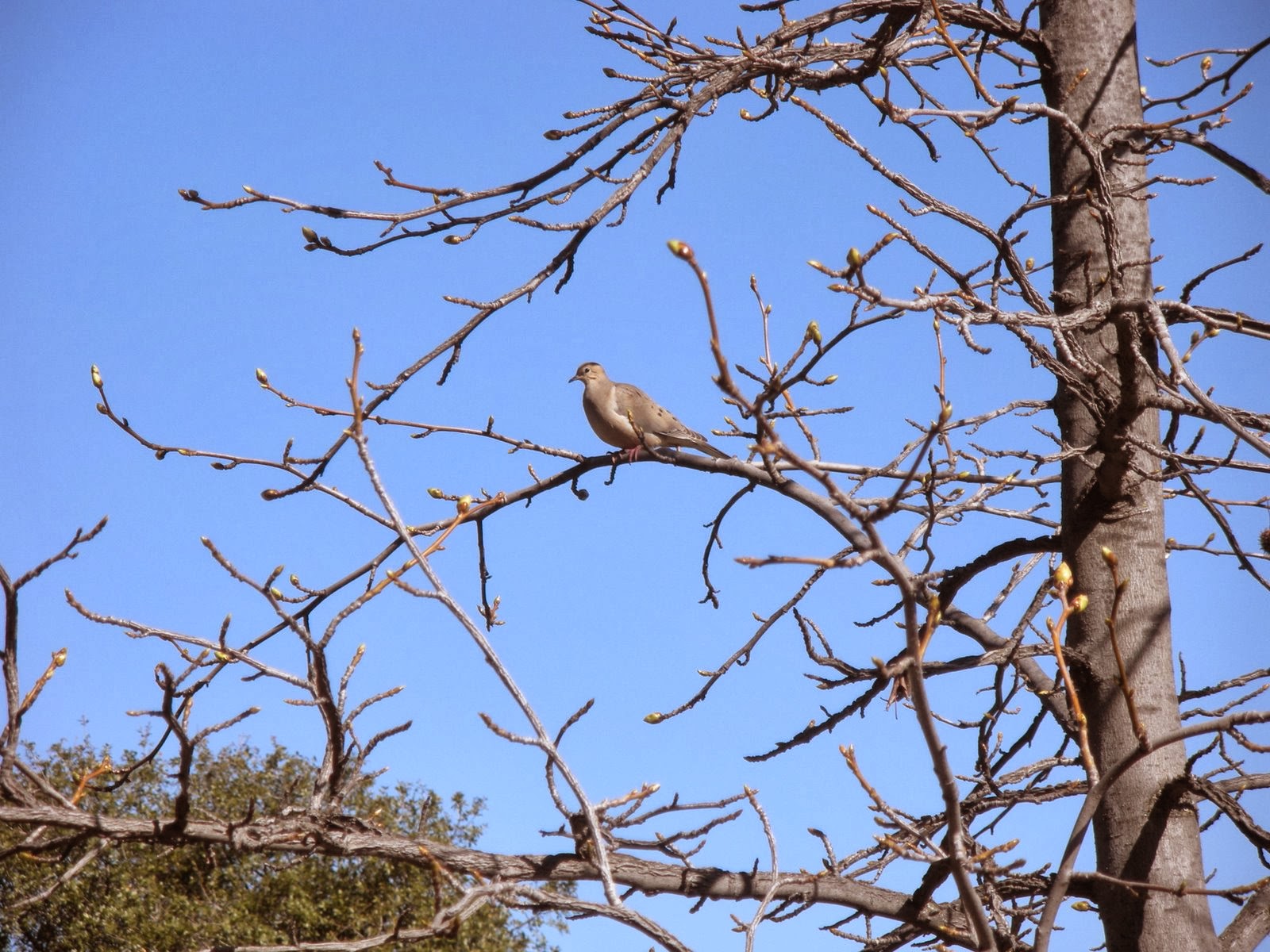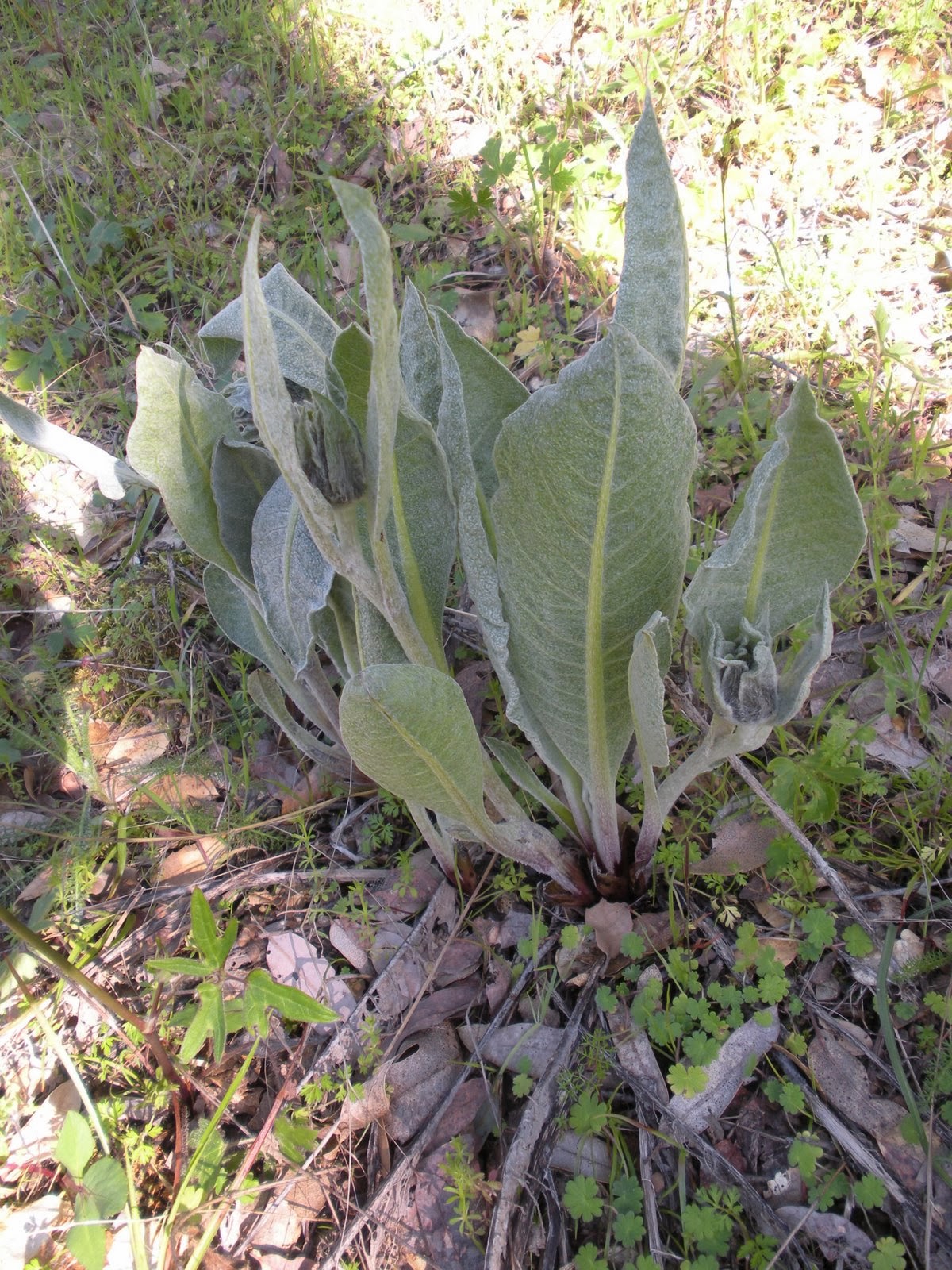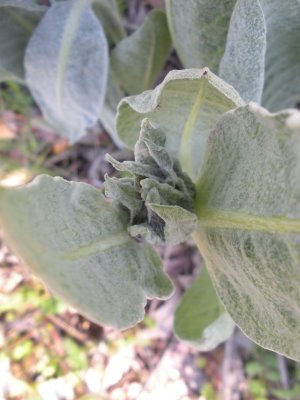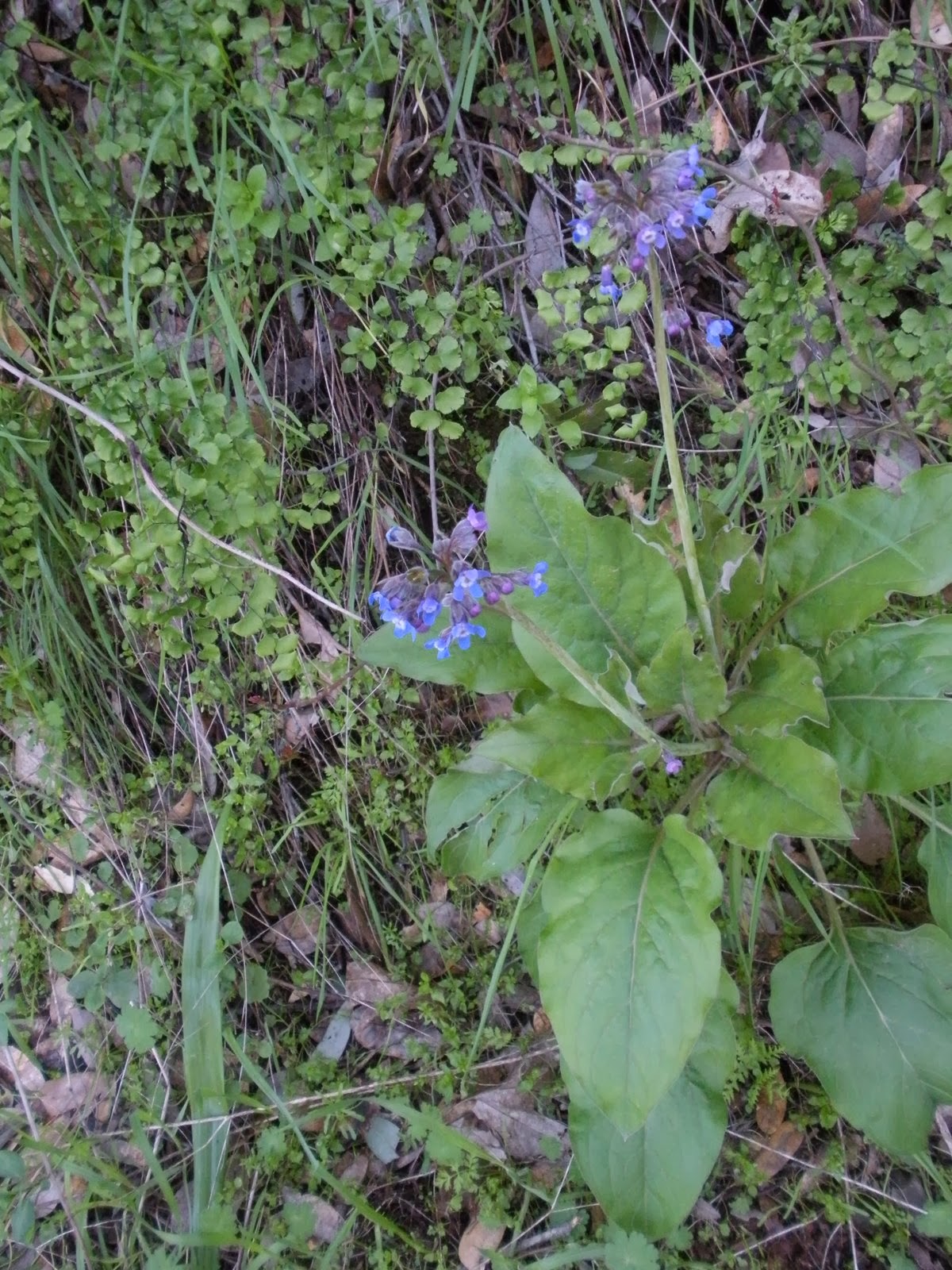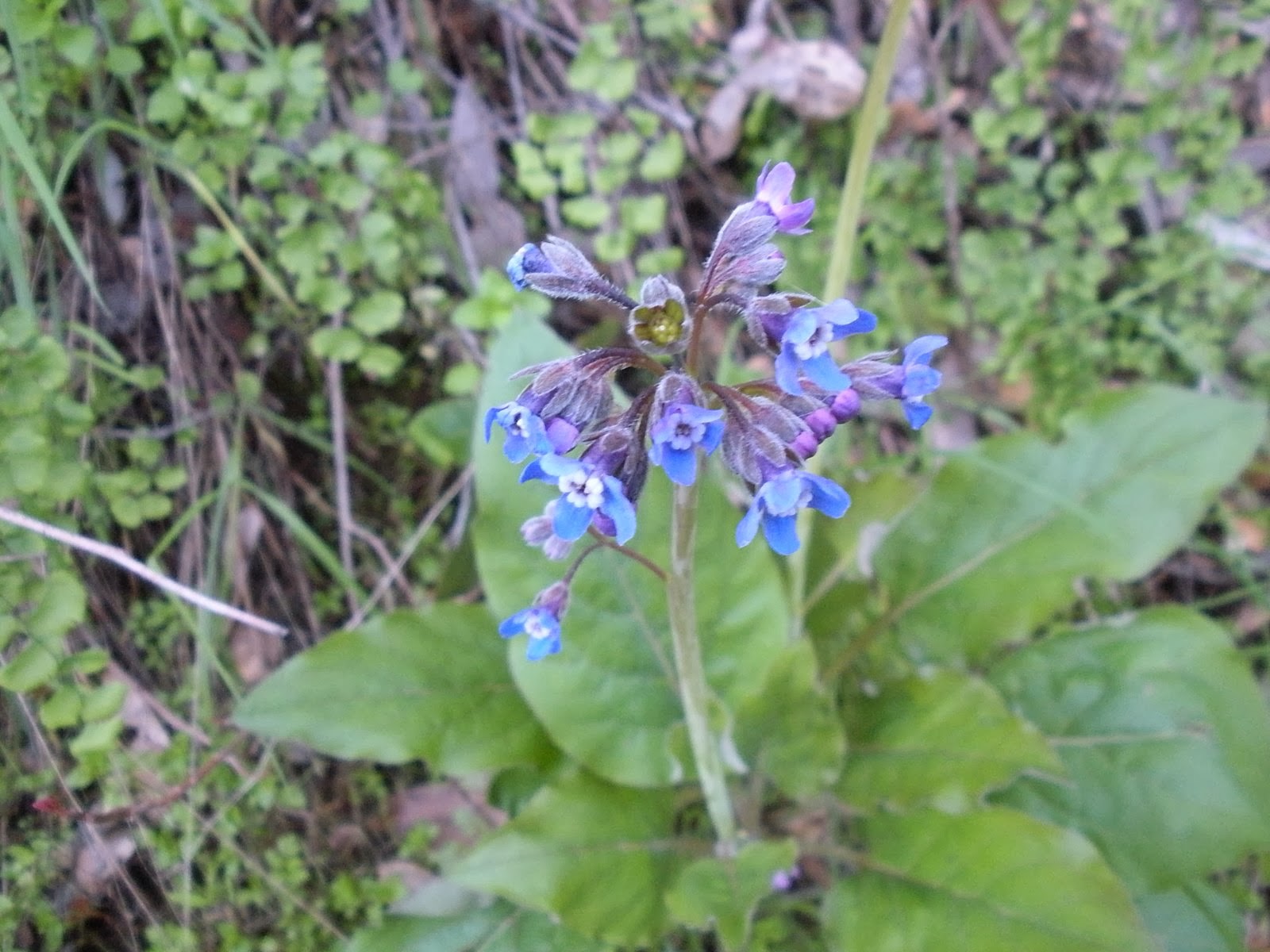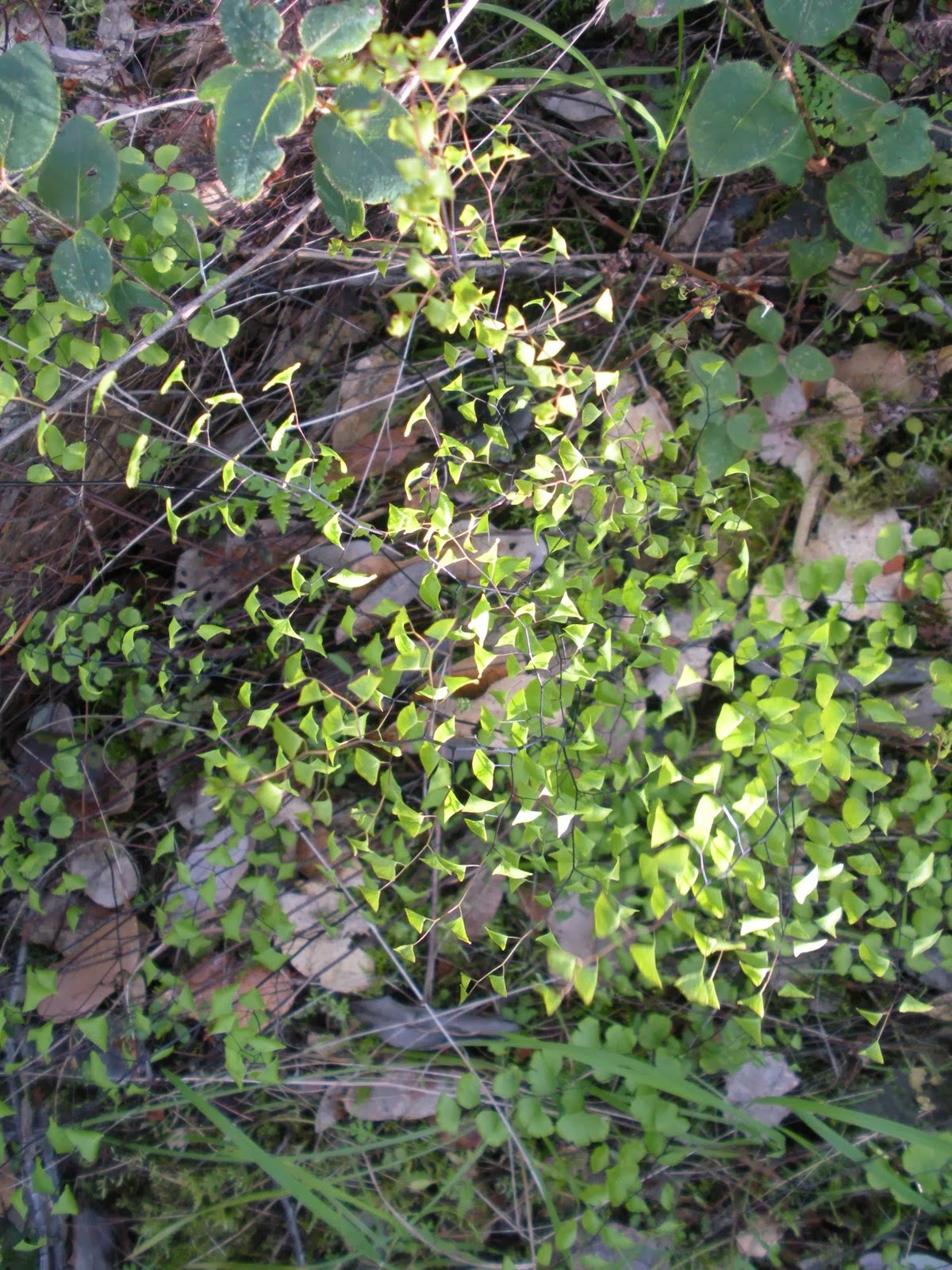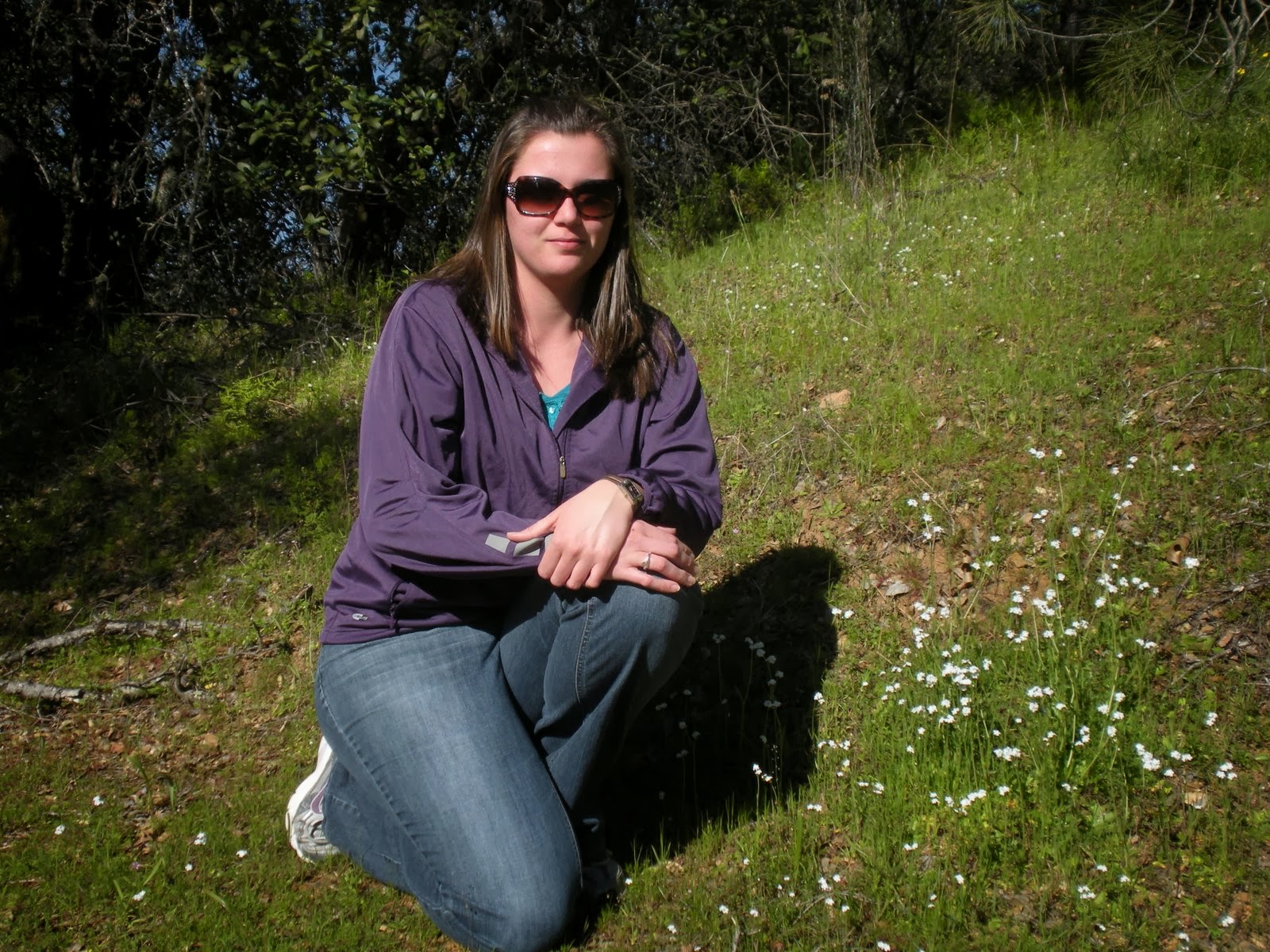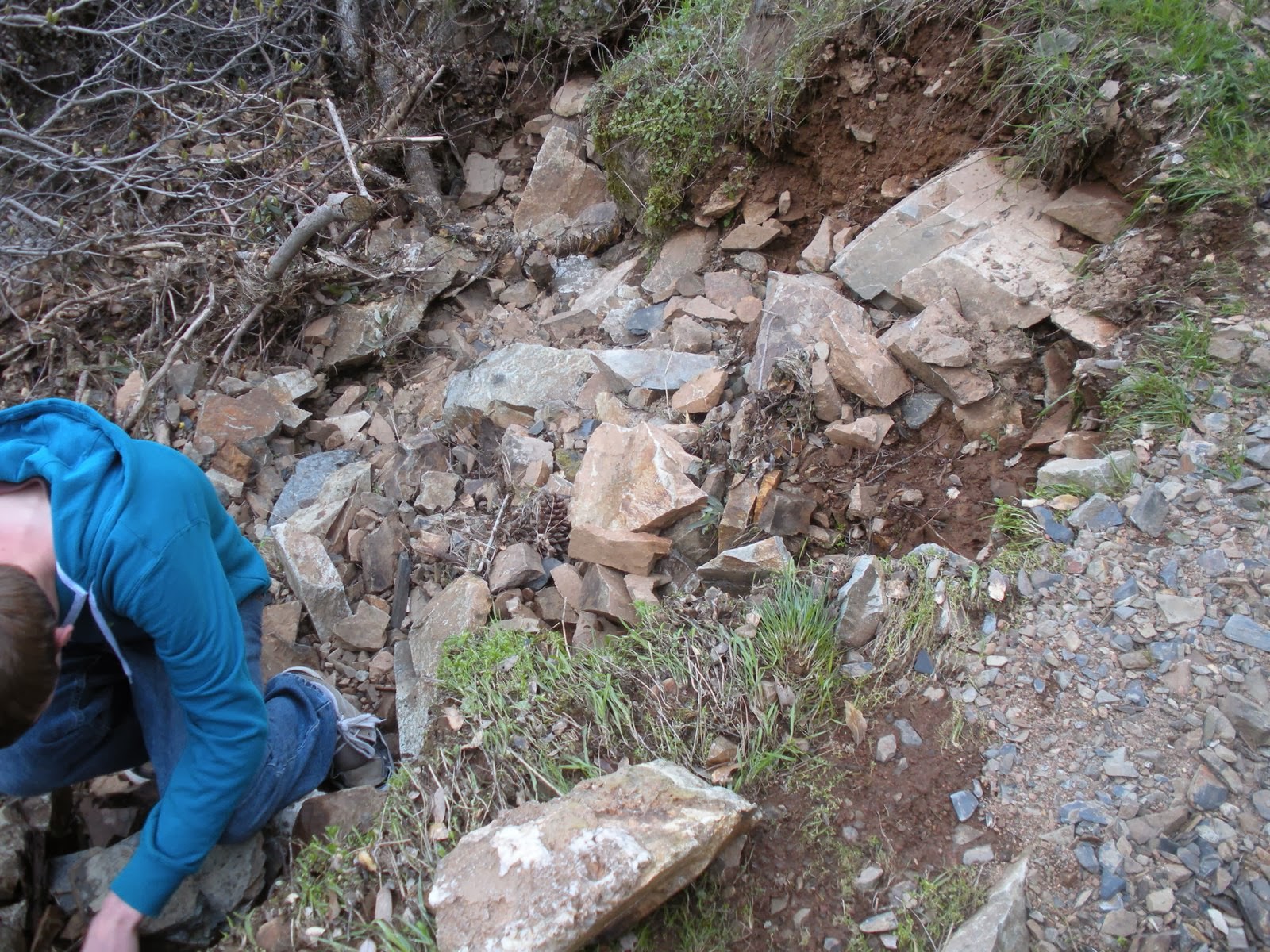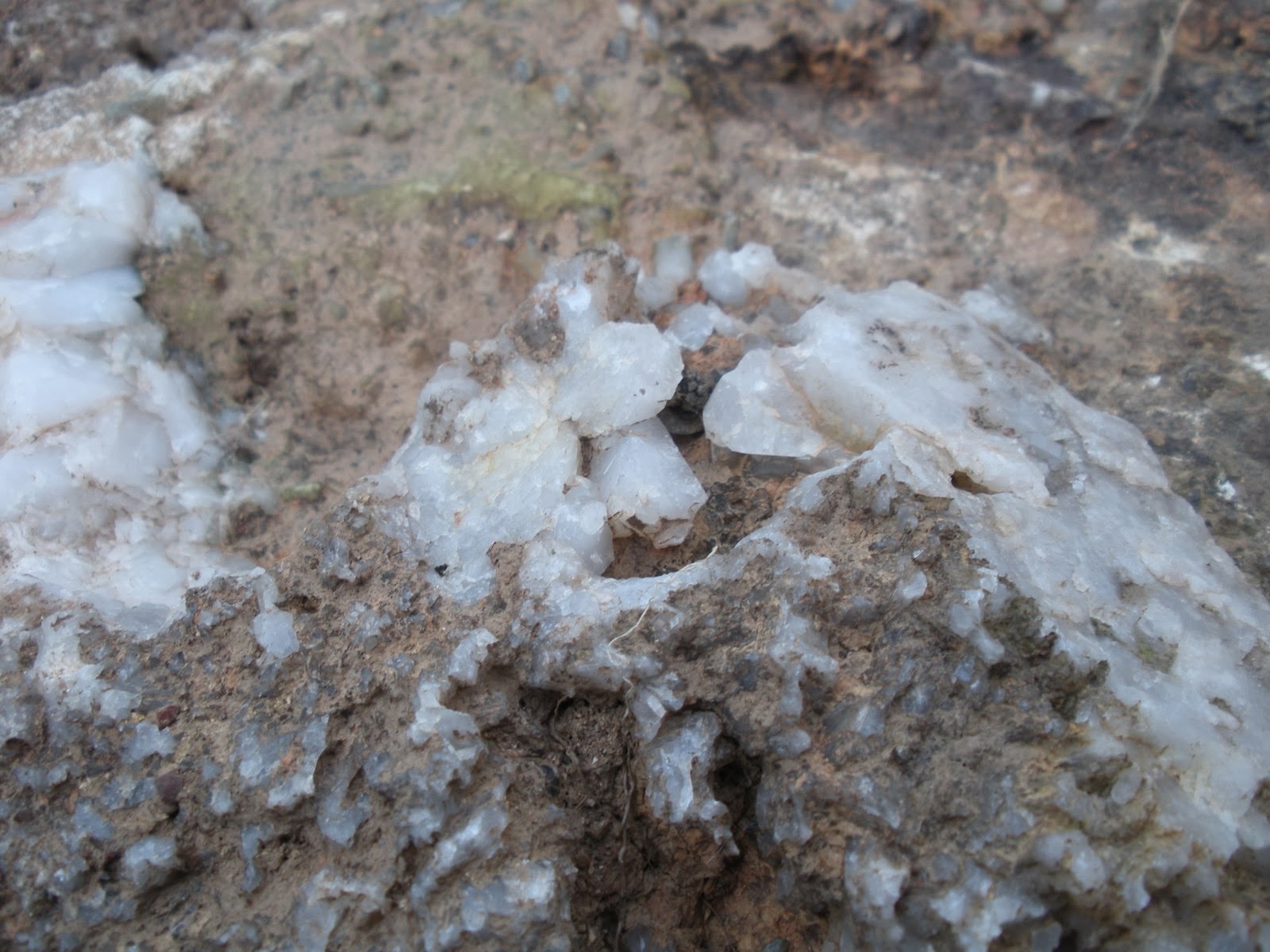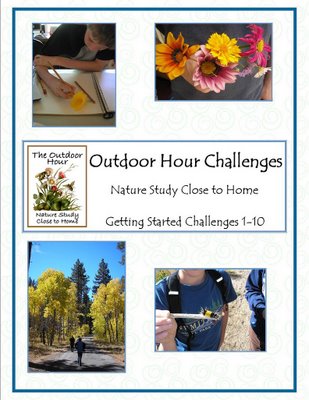This week we studied the dandelion. This cheerful flower/weed is found all over our yard and our neighbor has a whole crop of dandelions for us to study.
Here are some interesting facts we found out about the dandelion.
*In the sunflower family-No wonder I think they are happy little flowers.
*Grows from 2″ to 20″ tall.
*It has a hollow stalk.
*Common name comes from “dent de lion” which is French for “lion’s tooth”, referring to the teeth on the leaves.
*The flowers open and close.
You must read the introductory pages to the dandelion study starting on page 531 of the Handbook of Nature Study. Anna Botsford Comstock writes in such a narrative style that you will enjoy reading the information and I am sure you will remember much of it to share with your children.
“Professor Baily once said that dandelions in his lawn were a great trouble to him until he learned to love them, and then the sight of them gave him keenest pleasure.”
Handbook of Nature Study, page 531
I couldn’t agree more. I always hate it when my neighbors use the weed eater to remove the thousands of dandelions from their property. I would much rather look at the cheerful yellow flowers than a bare piece of ground.
The Handbook of Nature Study has a great list of activities in the lesson for the dandelion.
Here are a few that we complete:
3. Sketch or describe a dandelion leaf.
4. Take a blossom not yet open. Note the bracts that cover the unopened flower head.
7. Note what hour the dandelions on the lawn close and at what hour they open on pleasant days.
We were able to work on all three of these ideas in our study today.
Here are the bracts covering the petals before the bloom opens.
Really short dandelion that practically is blooming flat on the ground…interesting how some are tall and some are not.
You can really see the “lion’s teeth” in this photo. 🙂
Another garden flower/weed is now recorded in our nature journals.
I think next week we will work on the tulips in our yard that are just starting to really bloom.
If you would like to join us, see the instructions in this entry: Wednesday Flower Study.


